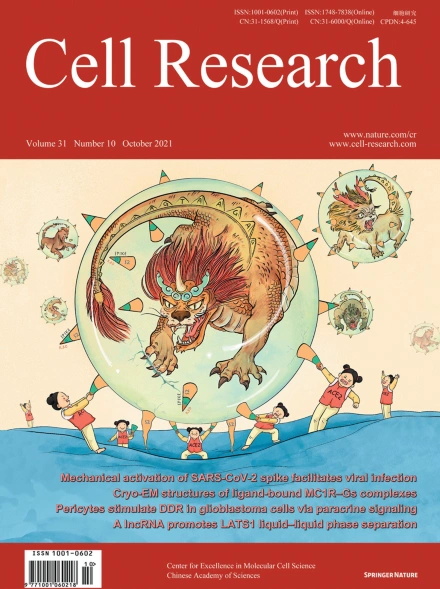
Advanced Search
Submit Manuscript
Advanced Search
Submit Manuscript
Volume 31, No 10, Oct 2021
ISSN: 1001-0602
EISSN: 1748-7838 2018
impact factor 17.848*
(Clarivate Analytics, 2019)
Volume 31 Issue 10, October 2021: 1123-1125 |
O-glycosylation pattern of the SARS-CoV-2 spike protein reveals an “O-Follow-N” rule
Wenmin Tian1,2,† , Delin Li3,† , Nan Zhang1,2,† , Guijie Bai3,4,† , Kai Yuan3,4,† , Haixia Xiao3 , Feng Gao3,* , Yang Chen1,2,* , Catherine C. L. Wong1,2,5,6,7,* , George Fu Gao8,9,*
1Center for Precision Medicine Multi-Omics Research, Peking University Health Science Center, Peking University, Beijing, ChinaDear Editor,
Severe acute respiratory syndrome coronavirus-2 (SARS-CoV-2), the causative agent of coronavirus disease 2019 (COVID-19), emerged in late 2019 and has since caused a pandemic. Although there have been extensive studies worldwide, our understanding of this newly emerged pathogen is far from sufficient. The pathogenesis of the SARS-CoV-2 infection is not fully understood, although a “two-stage” hypothesis was proposed in our previous study.1
https://doi.org/10.1038/s41422-021-00545-2